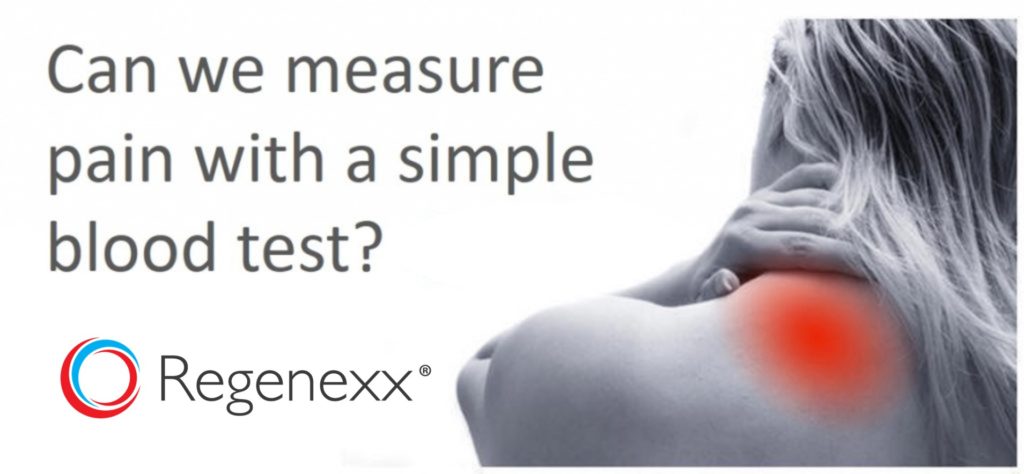Can We Measure Pain with a Blood Test?
Is it possible to measure pain with a blood test? Pain is very difficult to quantify and has been almost impossible to objectively measure. The state of the art of pain measurement right now, believe it or not, is a pain scale that was invented in the 1920s. A University of Pittsburgh study shows that we may soon be able to quantify pain with a simple blood test.
The visual analogue scale (VAS) and it’s cousin the numeric pain scale (NPS) are common tools used to quantify pain. In the latter, the patient is asked to quantify their pain from 0 being no pain to 10 being the worst possible pain. The problem is that everyone experiences pain differently. In addition, the reason why scientists get so hung up on a placebo controlled trials is that because pain is difficult to quantify, they need to rule out that the patient is experiencing a placebo response to treatment (they want to feel better so they do feel better). However, if we were able to objectively measure pain without having to ask the patient, researching new treatments would be that much easier.
The most objective way to measure pain now is through advanced brain imaging. Using an expensive test where the activity of the pain centers of the brain can be seen as they “light up” due to a painful stimulus (like pressure on the hand), researchers can objectively measure pain. However, this type of measurement is crazy expensive, time consuming, and requires a multi-million dollar machine as big as a room. So the ability to measure pain with a simple blood test is a breakthrough.
The study focused on patients with chronic low back pain or arthritis. The researchers took blood samples before and after activities that were meant to provoke a pain response and also measured pain in the traditional way through a questionnaire. While many chemicals were examined in the blood samples, two showed promising changes with increased pain. One called RANTES is a cytokine (chemical messenger between cells) that causes inflammation by attracting certain white blood cells and the other is a pain relieving protein naturally excreted by nerves (NPY).
The upshot? The ability to measure pain markers “in the blood” is a very big deal. If these results hold up across many studies, the pain research of the next few decades will look very different. In addition, that annoying nurse who constantly asks you how much 1-10 pain you’re having will be replaced by one with a needle and blood draw kit!

If you have questions or comments about this blog post, please email us at [email protected]
NOTE: This blog post provides general information to help the reader better understand regenerative medicine, musculoskeletal health, and related subjects. All content provided in this blog, website, or any linked materials, including text, graphics, images, patient profiles, outcomes, and information, are not intended and should not be considered or used as a substitute for medical advice, diagnosis, or treatment. Please always consult with a professional and certified healthcare provider to discuss if a treatment is right for you.
